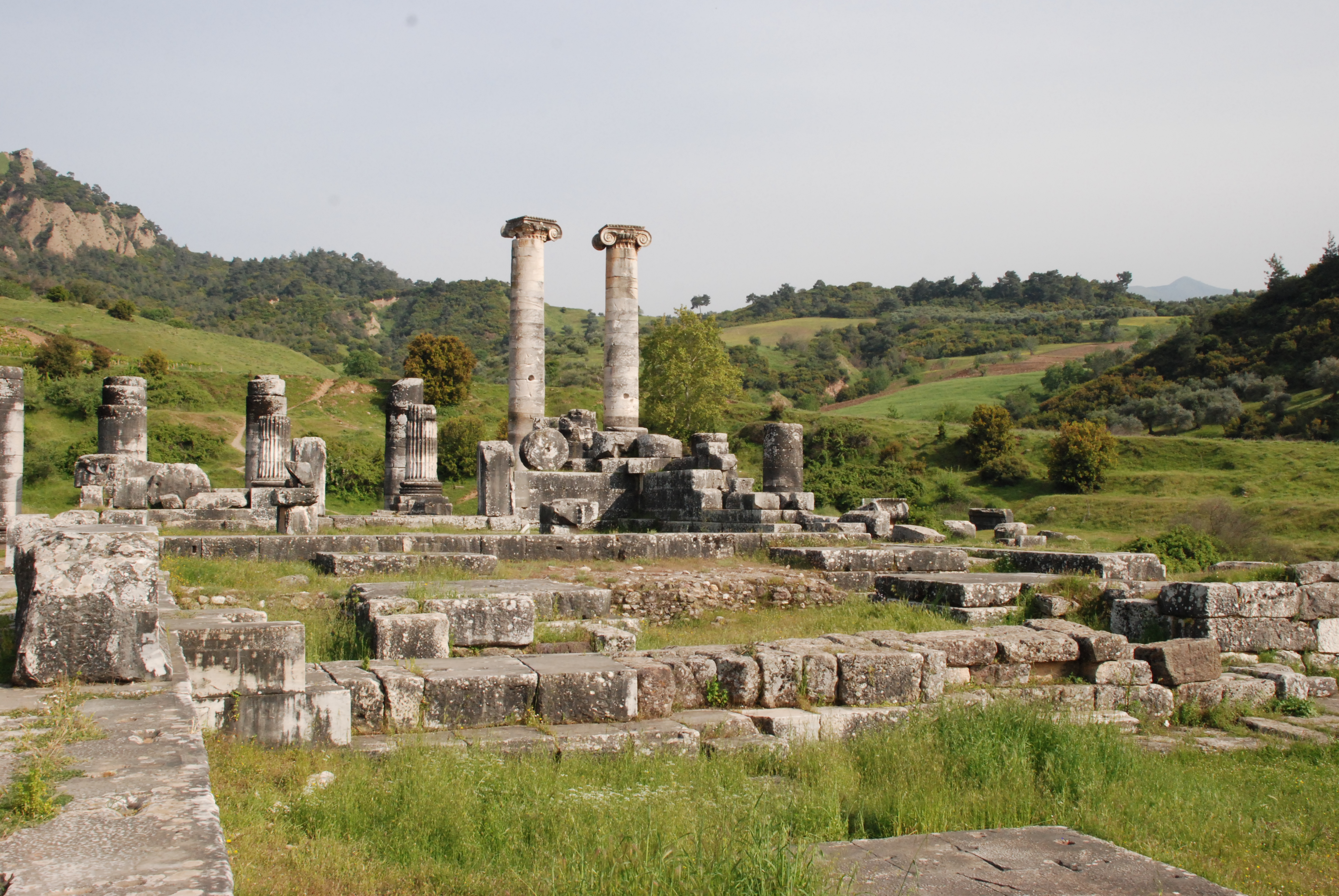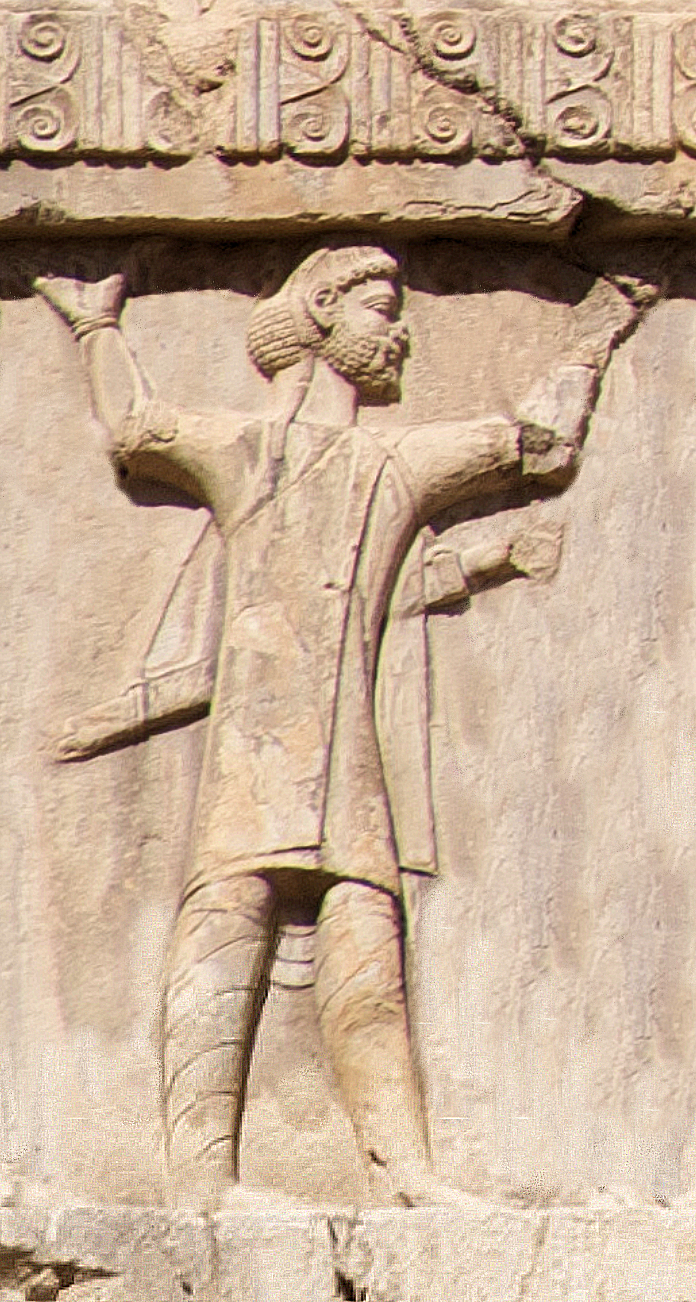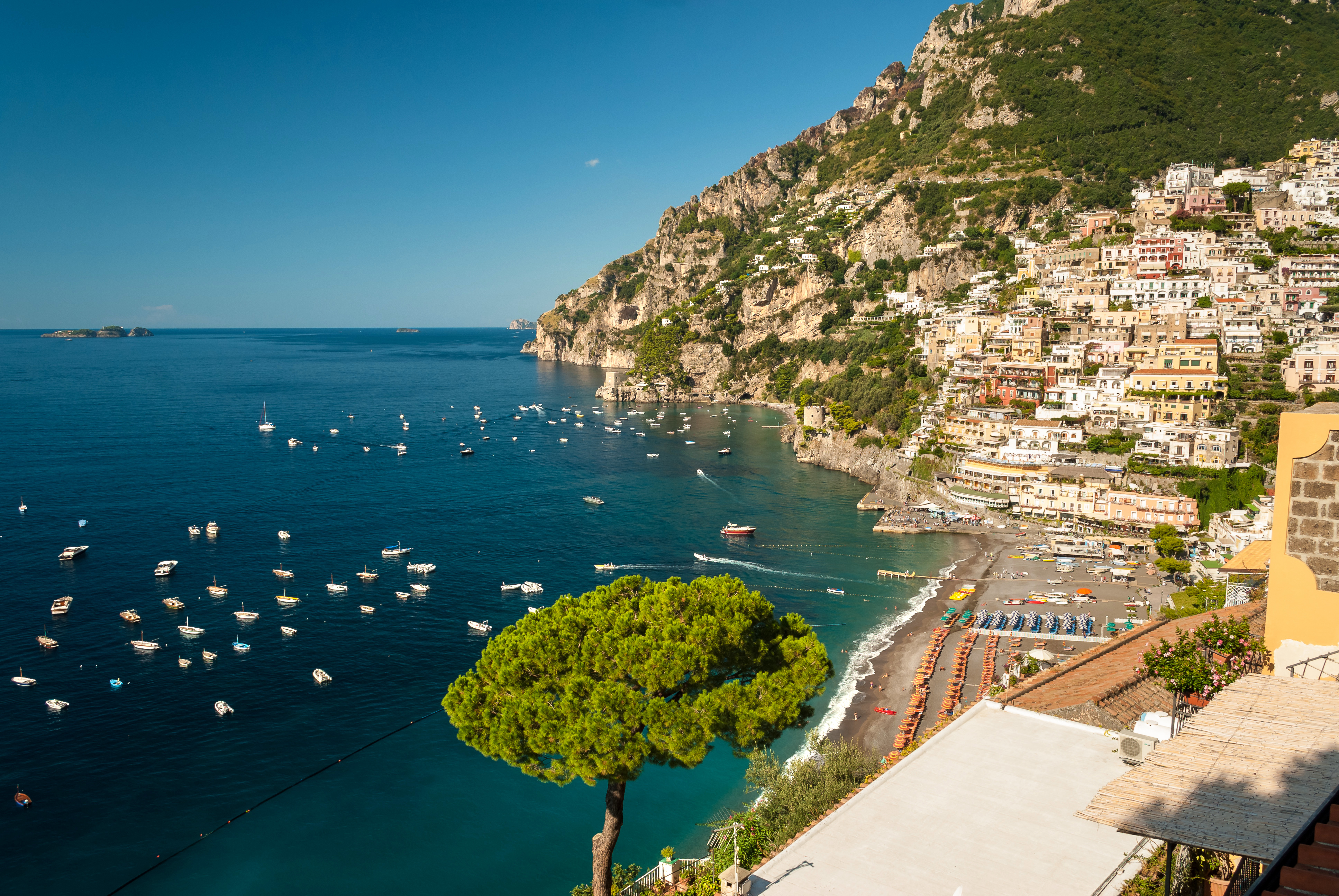|
Tyrrhenus
In Etruscan mythology, Tyrrhenus (in ) was one of the founders of the Etruscan League of twelve cities, along with his brother Tarchon. Herodotus describes him as the saviour of the Etruscans, because he led them from Lydia to Etruria; however this Lydian origin has been debated and disputed as it contradicts archeological, cultural and linguistic evidence, as well as the view held by both the Etruscans themselves and by other Etrusco-Roman and Greek ancient sources.Dionysius of Halicarnassus, Antiquities Romanae, Book 1; Section 30.Nancy Thomson de Grummond, Etruscan Myth, Sacred History, and Legend, "Foundation Myths and Legends"; pp. 201-208. Since ancient times, doubts have been raised about the accuracy of Herodotus' claims. Xanthus of Lydia, originally from Sardis and a great connoisseur of the history of the Lydians, wasn't aware of a Lydian origin of the Etruscans and never mentioned Tyrrhenus in any part of his history as a ruler of the Lydians, as reported by Greek ... [...More Info...] [...Related Items...] OR: [Wikipedia] [Google] [Baidu] |
Etruscan Civilization
The Etruscan civilization ( ) was an ancient civilization created by the Etruscans, a people who inhabited Etruria in List of ancient peoples of Italy, ancient Italy, with a common language and culture, and formed a federation of city-states. After adjacent lands had been conquered its territory covered, at its greatest extent, roughly what is now Tuscany, western Umbria and northern Lazio, as well as what are now the Po Valley, Emilia-Romagna, south-eastern Lombardy, southern Veneto and western Campania. A large body of literature has flourished on the origins of the Etruscans, but the consensus among modern scholars is that the Etruscans were an indigenous population. The earliest evidence of a culture that is identifiably Etruscan dates from about 900 BC. This is the period of the Iron Age Villanovan culture, considered to be the earliest phase of Etruscan civilization, which itself developed from the previous late Bronze Age Proto-Villanovan culture in the same region, p ... [...More Info...] [...Related Items...] OR: [Wikipedia] [Google] [Baidu] |
Lydia
Lydia (; ) was an Iron Age Monarchy, kingdom situated in western Anatolia, in modern-day Turkey. Later, it became an important province of the Achaemenid Empire and then the Roman Empire. Its capital was Sardis. At some point before 800 BC, the Lydian people achieved some sort of political cohesion, and existed as an independent kingdom by the 600s BC. At its greatest extent, during the 7th century BC, it covered all of western Anatolia. In 546 BC, it became a Lydia (satrapy), satrapy of the Achaemenid Empire, known as ''Sparda'' in Old Persian. In 133 BC, it became part of the Roman Republic, Roman Asia (Roman province), province of Asia. Lydian coins, made of electrum, are among the oldest in existence, dated to around the 7th century BC. Geography Lydia is generally located east of ancient Ionia in the modern western Turkish provinces of Uşak Province, Uşak, Manisa Province, Manisa and inland İzmir Province, İzmir.Rhodes, P.J. ''A History of the Classical Greek ... [...More Info...] [...Related Items...] OR: [Wikipedia] [Google] [Baidu] |
Tarchon
In Etruscan mythology, Tarchon was a culture hero who co-founded the Etruscan dodecapolis along with his brother Tyrrhenus. He appears in literature such as Virgil's ''Aeneid'', where he is described as King of the Tyrrhenians. In the poem, he leads the Etruscans in their alliance with Aeneas against Turnus and the other Latin tribes. The later Byzantine writer John the Lydian distinguishes two legendary people by this name. In his version of the myth, Tarchon the Elder received the '' Etrusca Disciplina'' from the prophet Tages while Tarchon the Younger fought with Aeneas after his arrival in Italy. The English spelling ''Tarchon'' comes from the Greek , or which itself is thought to reflect ' in the Etruscan language. The name is thought to be related to the Latin Tarquinius, the name of a Roman ''gens'', and of the Tarquins, two of the legendary Seven Kings of Rome. The Hittitologist Oliver Gurney proposed that the name could be related to the name of the Luwian Luwia ... [...More Info...] [...Related Items...] OR: [Wikipedia] [Google] [Baidu] |
Etruscan Mythology
Etruscan religion comprises a set of stories, beliefs, and religious practices of the Etruscan civilization, heavily influenced by the mythology of ancient Greece, and sharing similarities with concurrent Roman mythology and religion. As the Etruscan civilization was gradually assimilated into the Roman Republic from the 4th century BC, the Etruscan religion and mythology were partially incorporated into ancient Roman culture, following the Roman tendency to absorb some of the local gods and customs of conquered lands. The first attestations of an Etruscan religion can be traced back to the Villanovan culture. History Greek influence Greek traders brought their religion and hero figures with them to the coastal areas of the central Mediterranean. Odysseus, Menelaus and Diomedes from the Homeric tradition were recast in tales of the distant past that had them roaming the lands West of Greece. In Greek tradition, Heracles wandered these western areas, doing away with monst ... [...More Info...] [...Related Items...] OR: [Wikipedia] [Google] [Baidu] |
Herodotus
Herodotus (; BC) was a Greek historian and geographer from the Greek city of Halicarnassus (now Bodrum, Turkey), under Persian control in the 5th century BC, and a later citizen of Thurii in modern Calabria, Italy. He wrote the '' Histories'', a detailed account of the Greco-Persian Wars, among other subjects such as the rise of the Achaemenid dynasty of Cyrus. He has been described as " The Father of History", a title conferred on him by the ancient Roman orator Cicero, and the " Father of Lies" by others. The ''Histories'' primarily cover the lives of prominent kings and famous battles such as Marathon, Thermopylae, Artemisium, Salamis, Plataea, and Mycale. His work deviates from the main topics to provide a cultural, ethnographical, geographical, and historiographical background that forms an essential part of the narrative and provides readers with a wellspring of additional information. Herodotus was criticized in his times for his inclusion of "legends an ... [...More Info...] [...Related Items...] OR: [Wikipedia] [Google] [Baidu] |
Histories (Herodotus)
The ''Histories'' (, ''Historíai''; also known as ''The History'') of Herodotus is considered the founding work of history in Western literature. Although not a fully impartial record, it remains one of the West's most important sources regarding these affairs. Moreover, it established the genre and study of history in the Western world (despite the existence of historical records and chronicles beforehand). ''The'' ''Histories'' also stands as one of the earliest accounts of the rise of the Achaemenid Empire, Persian Empire, as well as the events and causes of the Greco-Persian Wars between the Persian Empire and the Polis, Greek city-states in the 5th century BC. Herodotus portrays the conflict as one between the forces of slavery (the Persians) on the one hand, and freedom (the Athenians and the confederacy of Greek city-states which united against the invaders) on the other. ''The Histories'' was at some point divided into the nine scroll, books that appear in modern editions ... [...More Info...] [...Related Items...] OR: [Wikipedia] [Google] [Baidu] |
Etruria
Etruria ( ) was a region of Central Italy delimited by the rivers Arno and Tiber, an area that covered what is now most of Tuscany, northern Lazio, and north-western Umbria. It was inhabited by the Etruscans, an ancient civilization that flourished in the area from around the 8th century BC until they were assimilated into the Roman Republic in the 4th century BC. Etruscan Etruria The ancient people of Etruria are identified as Etruscans. Their complex culture centered on numerous city-states that arose during the Villanovan period in the ninth century BC, and they were very powerful during the Orientalizing Archaic periods. The Etruscans were a dominant culture in Italy by 650 BC,Rix, Helmut. "Etruscan." In ''The Ancient Languages of Europe,'' ed. Roger D. Woodard. Cambridge University Press, 2008, pp. 141–164. surpassing other ancient Italic peoples such as the Ligures. Their influence may be seen beyond Etruria's confines in the Po River Valley and Latium, as wel ... [...More Info...] [...Related Items...] OR: [Wikipedia] [Google] [Baidu] |
Xanthus Of Lydia
Xanthus of Lydia (, ''Xanthos ho Lydos'') was a Greek historian, logographer and citizen of Lydia who, during the mid-fifth century BC, wrote texts on the history of Lydia known as ''Lydiaca'' (Λυδιακά), a work which was highly commended by Dionysius of Halicarnassus. Xanthus also wrote occasionally about geology. It is believed that Xanthus was the earliest historian to have written a significant amount on the topic of Lydian history. He is also believed to have written a work entitled ''Magica'' (Mαγικά), as well as one entitled ''Life of Empedocles''. It is believed that Xanthus had some knowledge of Persian traditions, and it is plausible that he, a Lydian, would write about Persian religion, but it seems unlikely due to the available evidence. His seat was believed to be at Sardis, the capital. A contemporary and colleague of Herodotus, most of his writings concerned the lineage and deeds of the Lydian kings. Xanthus was known for writing in the traditional Io ... [...More Info...] [...Related Items...] OR: [Wikipedia] [Google] [Baidu] |
Sardis
Sardis ( ) or Sardes ( ; Lydian language, Lydian: , romanized: ; ; ) was an ancient city best known as the capital of the Lydian Empire. After the fall of the Lydian Empire, it became the capital of the Achaemenid Empire, Persian Lydia (satrapy), satrapy of Lydia and later a major center of Hellenistic Greece, Hellenistic and Byzantine Greeks, Byzantine culture. Now an active archaeological site, it is located in modern day Turkey, in Manisa Province, near the town of ''Sart, Salihli, Sart''. History Sardis was occupied for at least 3500 years. In that time, it fluctuated between a wealthy city of international importance and a collection of modest hamlets. Early settlement Sardis was settled before 1500 BC. However, the size and nature of early settlement is not known since only small extramural portions of these layers have been excavated. Evidence of occupation consists largely of Late Bronze Age and Early Iron Age pottery which shows affinities with Mycenaean Greece and ... [...More Info...] [...Related Items...] OR: [Wikipedia] [Google] [Baidu] |
Lydians
The Lydians (Greek language, Greek: Λυδοί; known as ''Sparda'' to the Achaemenids, Old Persian cuneiform Wikt:𐎿𐎱𐎼𐎭, 𐎿𐎱𐎼𐎭) were an Anatolians, Anatolian people living in Lydia, a region in western Anatolia, who spoke the distinctive Lydian language, an Indo-European languages, Indo-European language of the Anatolian languages, Anatolian group. Questions raised regarding their origins, reaching well into the 2nd millennium BC, continue to be debated by language historians and archeologists. A distinct Lydian culture lasted, in all probability, until at least shortly before the Common Era, having been attested the last time among extant records by Strabo in Kibyra in south-west Anatolia around his time (1st century BC). The Lydian capital was at ''Sfard'' or Sardis. Their recorded history of statehood, which covers three dynasties traceable to the Late Bronze Age, reached the height of its power and achievements during the 7th and 6th centuries BC, a ... [...More Info...] [...Related Items...] OR: [Wikipedia] [Google] [Baidu] |
Tyrrhenian Sea
The Tyrrhenian Sea (, ; or ) , , , , is part of the Mediterranean Sea off the western coast of Italy. It is named for the Tyrrhenians, Tyrrhenian people identified with the Etruscans of Italy. Geography The sea is bounded by the islands of Corsica and Sardinia (to the west), the Italian Peninsula (regions of Tuscany, Lazio, Campania, Basilicata, and Calabria) to the north and east, and the island of Sicily (to the south). The Tyrrhenian Sea also includes a number of smaller islands like Capri, Elba, Ischia, and Ustica. The maximum depth of the sea is . The Tyrrhenian Sea is situated near where the African Plate, African and Eurasian Plates meet; therefore mountain chains and active volcanoes, such as Mount Marsili, are found in its depths. The eight Aeolian Islands and Ustica are located in the southern part of the sea, north of Sicily. Extent The International Hydrographic Organization defines the limits of the Tyrrhenian Sea as follows: * In the Strait of Messina: A line ... [...More Info...] [...Related Items...] OR: [Wikipedia] [Google] [Baidu] |
Mythological Archetypes
Myth is a genre of folklore consisting primarily of narratives that play a fundamental role in a society. For scholars, this is very different from the vernacular usage of the term "myth" that refers to a belief that is not true. Instead, the veracity of a myth is not a defining criterion. Myths are often endorsed by religious (when they are closely linked to religion or spirituality) and secular authorities. Many societies group their myths, legends, and history together, considering myths and legends to be factual accounts of their remote past. In particular, creation myths take place in a primordial age when the world had not achieved its later form. Origin myths explain how a society's customs, institutions, and taboos were established and sanctified. National myths are narratives about a nation's past that symbolize the nation's values. There is a complex relationship between recital of myths and the enactment of rituals. Etymology The word "myth" comes from Ancie ... [...More Info...] [...Related Items...] OR: [Wikipedia] [Google] [Baidu] |








